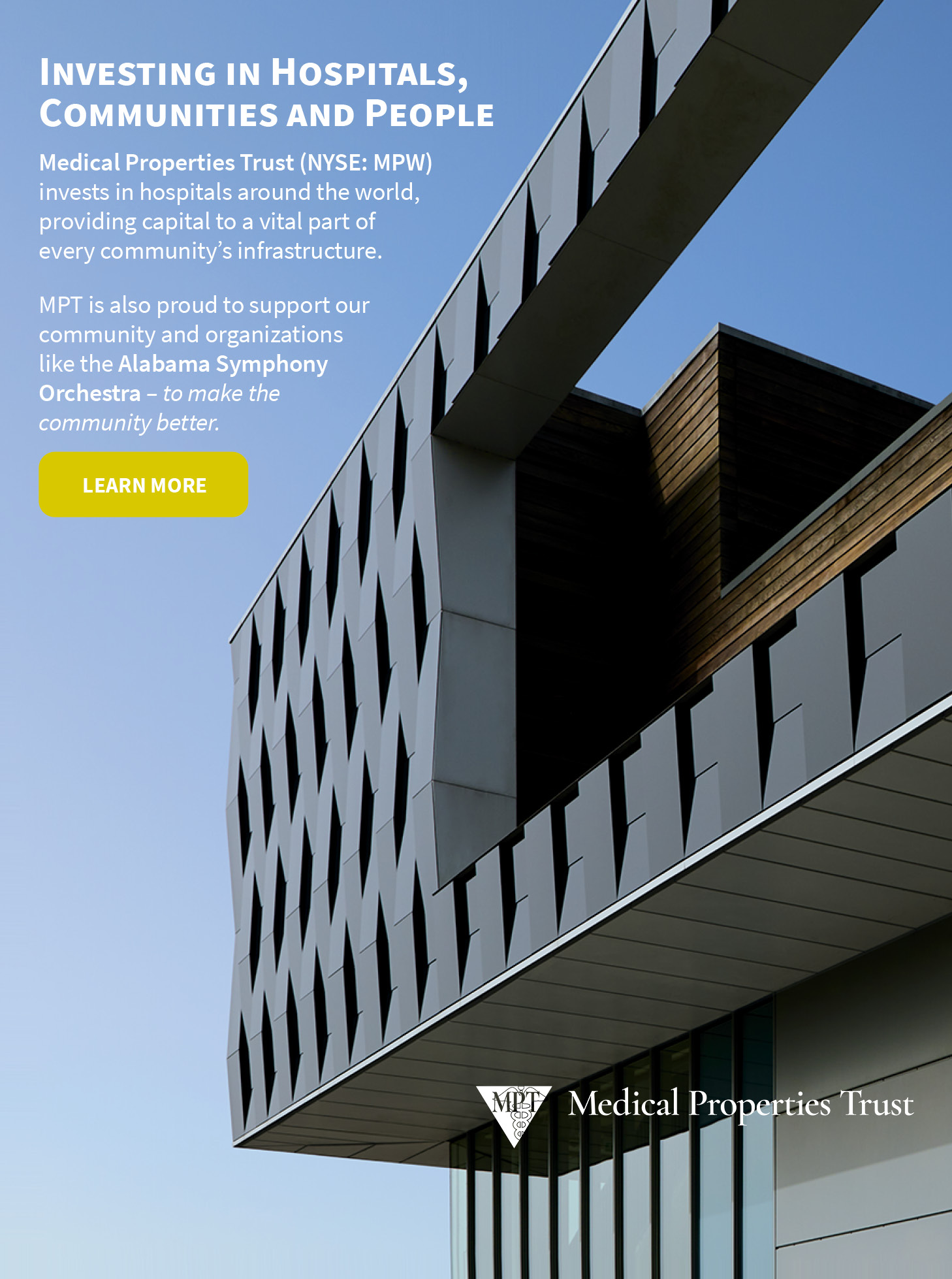Aaron Copland An Outdoor Overture
An Outdoor Overture was written in 1938 for an indoor performance at New York’s High School of Music and Art. The “Outdoor” in the title actually refers to the open-air quality Alexander Richter, the director of the school, heard when Copland played him an early sketch of the piece on piano. This piece represents one of the earliest examples of Copland incorporating Americana into his works.
Brian Rafael Nabors Jubilo
Commissioned in honor of ROCO Chamber Orchestra's 15th season FIFteen Project, Jubilo is a 2-minute fanfare exploring pure, musical manifestations of joy and celebration. Explored throughout the work are flourishing gestures and flamboyant textures to capture the free, energetic attributes exuded through joy. Each respective instrument has its part to play in creating this tapestry of exuberance.
William Grant Still Wood Notes
Inspired by William Grant Still’s love of nature and K. Mitchell Pilcher’s poetry, Wood Notes is a four-movement orchestral suite. Still was an African-American composer of nearly two hundred works, and was a student of George Whitefield Chadwick and later, Edgard Varèse. Because of his close association and collaboration with prominent African-American literary and cultural figures, he is considered to have been part of the Harlem Renaissance. Still’s classic American style is woven into the fabric of this suite, with warm melodies and rich textures creating a truly pleasing suite of music.
Morton Gould Symphonette No. 2 (Second American Symphonette)
Morton Gould was an American musical phenomenon, equally at home in classical, crossover and film genres, and the recipient of both GRAMMY and Pulitzer awards during his long and distinguished career. The Symphonettes represent Gould’s best crossover work. The central Pavanne of Symphonette No. 2 with its bluesy trumpet motif is one of Gould’s biggest hits.
Antonín Dvořák Symphony No. 8 in G major, op. 88
Composed and orchestrated over two and a half months in 1889, this piece premiered in Prague in 1890. This symphony draws on the Bohemian folk melodies that Dvořák so loved.In a clear contrast from his 7th symphony, the 8th is a much lighter and joyful work and is one of his shortest symphonies. Like his 9th symphony, written in seclusion among Iowa farmland, this symphony was written at his country home in Czechoslovakia.The English horn’s brief solo at the beginning of the recapitulation is the only time the instrument is used in the entire piece.
